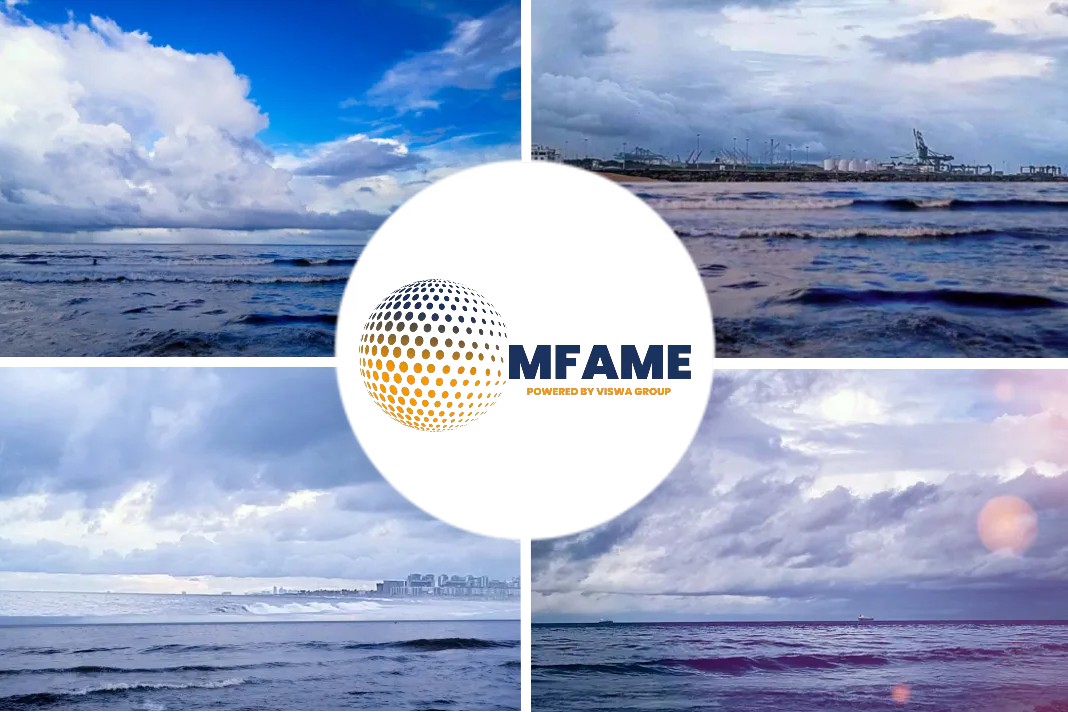
- A mathematical model developed by epidemiologists at University of Oxford predicted that Belgium has the highest chances to win this year’s world cup.
- The Unscrewed Orion capsule is eventually headed back towards Earth, splashing down in the Pacific Ocean off San Diego, California.
- Global navigation satellite systems, such as the United States’ GPS, are invaluable but imperfect.
A mathematical model suggests that Belgium has the highest chances of winning the men’s football World Cup in Qatar, followed by Brazil, reported by Nature.
Mathematical model
The model, developed by epidemiologists at the University of Oxford, UK, analyzes data from past performance, such as goals scored and conceded.
It correctly predicted that Italy would beat England in the Euro 2020 international tournament, and successfully picked six of the eight quarter-finalists.
Our Feature examines how big data is transforming football.
Who will win the World Cup?
A statistical ‘double Poisson’ model that considers the attacking and defending strengths of each men’s team ranks Belgium as having the highest odds of winning the World Cup, whereas Brazil tops the FIFA rankings.
Model’s ranking
| Model’s ranking | Chance of winning (%) | FIFA ranking position |
| 1. Belgium | 13.88 | 1. Brazil |
| 2. Brazil | 13.51 | 2. Belgium |
| 3. France | 12.11 | 3. Argentina |
| 4. Argentina | 11.52 | 4. France |
| 5. Netherlands | 9.65 | 5. England |
| 6. Germany | 7.24 | 6. Italy⍏ |
| 7. Spain | 6.37 | 7. Spain |
| 8. Switzerland | 5.29 | 8. Netherlands |
| 9. Portugal | 3.78 | 9. Portugal |
| 10. Uruguay | 3.36 | 10. Denmark |
| 11. Denmark | 3.17 | 11. Germany |
| 12. England | 2.56 | 12. Croatia |
| 13. Poland* | 2.33 | 13. Mexico |
| 14. Croatia | 1.46 | 14. Uruguay |
| 15. Mexico | 0.67 | 15. Switzerland |
*Ranked 26th by FIFA; †Did not qualify for the World Cup.

Orion’s current location
The graphic shows the flight path of NASA’s Artemis I mission after it blasted off on 16 November.
During the flight, the unscrewed Orion capsule headed to what’s called a distant retrograde orbit around the Moon.
It will eventually head back towards Earth, splashing down in the Pacific Ocean off San Diego, California.
Boosting publications
The productivity of tenured US researchers rises with the prestige of the institution they work at, as this graphic shows.
A study that looked at the publication records of nearly 80,000 researchers found that academics at elite US universities publish more research than do their peers at less prestigious institutions, because they have consistent access to more funded graduate programme, fellowships and postdocs.
The next GPS
Global navigation satellite systems, such as the United States’ GPS, are invaluable but imperfect.
The dot representing our locations on smartphone screens is often slightly inaccurate, especially in urban areas or indoors.
This is mostly because satellite signals are weak and easily blocked by obstacles. A paper in Nature describes an alternative system, as this graphic explains.
The system uses a telecommunications technique known as orthogonal frequency-division multiplexing (OFDM) to combine multiple signals and transmit them through terrestrial transmitters.
Which are more likely than satellites to have a direct line of sight to the receiver.
The transmitters are connected by optical cables and centrally synchronized.
The authors achieved centimeter-level positioning accuracy with their system.
Did you subscribe to our Newsletter?
It’s Free! Click here to Subscribe.
Source: Nature















